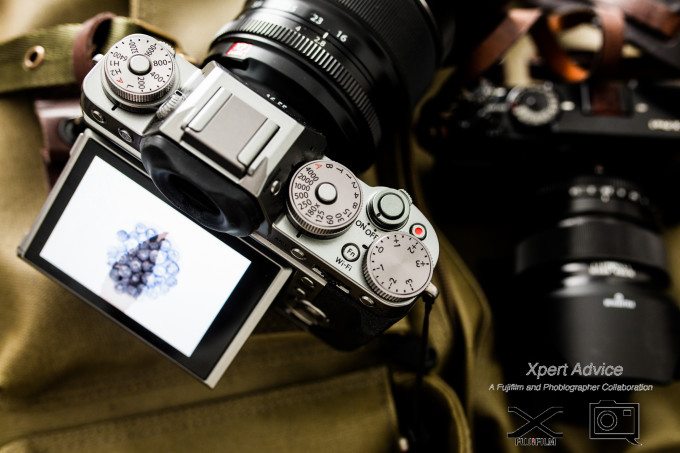Multiple Exposures, otherwise known as Double Exposures, are a creative option that many manufacturers implement into their cameras. These images take two or more photos and stack them on top of one another to create one single photo. It allows for many creative possibilities but they can also be a bit tricky to do.
With some cameras like the Fujifilm XT-1, you’ll be able to switch the drive dial to the multiple exposure mode and quickly get to shooting. When using other cameras like the X Pro 1, you’ll need to enable the setting in the menu.
Creatively speaking, there are two different types of common multiple exposures. The first type is basically inserting many elements into a scene to create a final image that looks very natural. One example would be creating a singe image of your dog side by side through layering one photo of the pup on top of the other with the dog beside itself. There are many possibilities with this method, and some great examples are from photographer Benjamin Von Wong.
The other more well known example of multiple exposure photography has to do with using contrast in images. First, by using your Fujifilm X series camera in manual mode, shoot a silhouette of something. Make sure that there is strong backlighting and the background is as white and clean as can possibly be. When you feel that you’ve created as much contrast as possible, press OK. After this, shoot a pattern of some sort such as leaves, blueberries, leather, or anything else that just looks plain interesting to you. This photo should have ample front lighting. Play with the exposure until you find something that you really like. Sometimes it’s best to just shoot another silhouette. We’ve found the best results to be with both subjects having a white background of some sort.
“Very simply put where dark spaces overlap the resulting part of the image will also be dark, but where light and dark overlap, the light will erase according to its intensity,” photographer Robin Vandenabeele told us in a previous interview. This is why one needs to shoot in manual mode and preferably with spot metering on. Robin continues to say that where light and light overlap it will be light on the resulting double exposure. So in order to visualize the end result you really have to know what makes your image, the light or the dark parts.
Once you’ve got it, press okay to accept and have the camera merge the images. If you’re not happy with your exposure, you can press the back button to start over with the second exposure. This method is used mostly by conceptual photographers to create really cool looks.
Xpert Advice is a monthly collaboration between the Phoblographer and Fujifilm designed to teach you photography tips and tricks in a bite-sized package.


